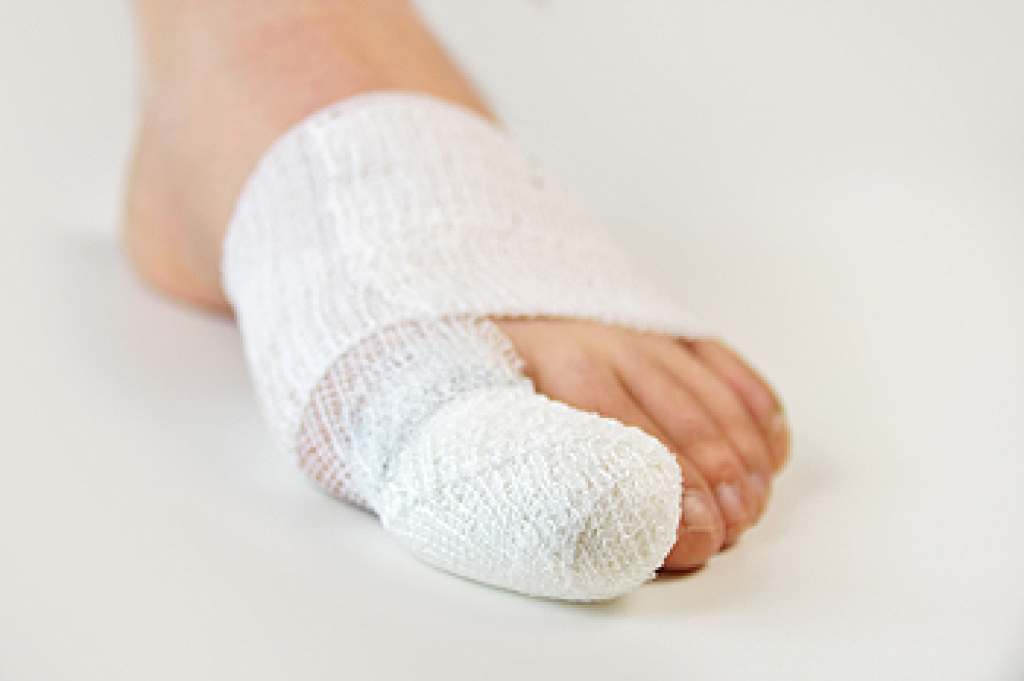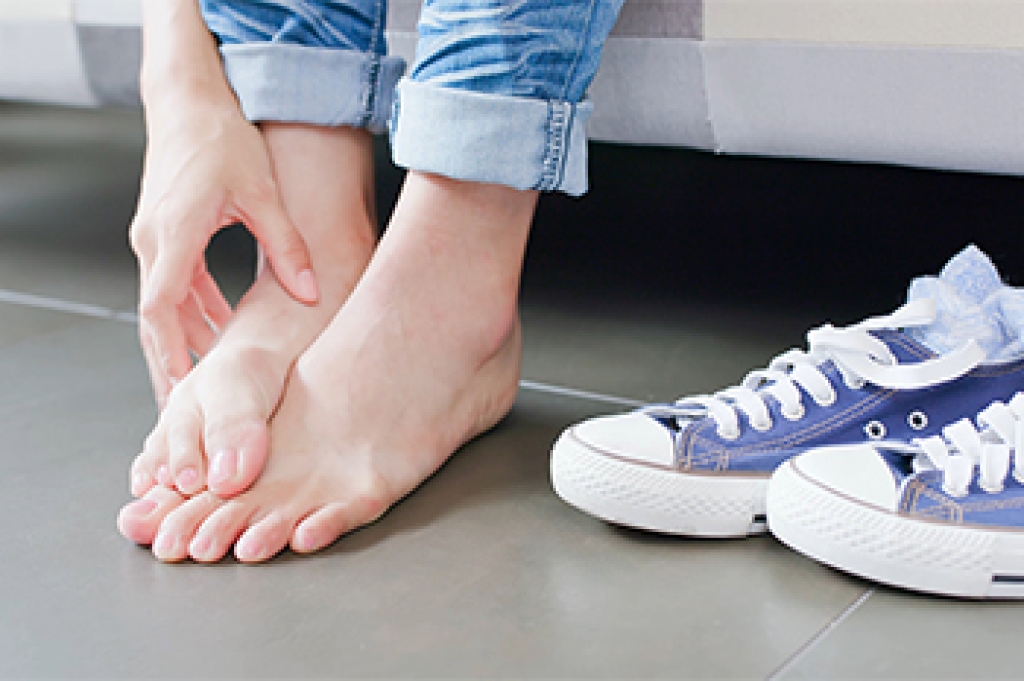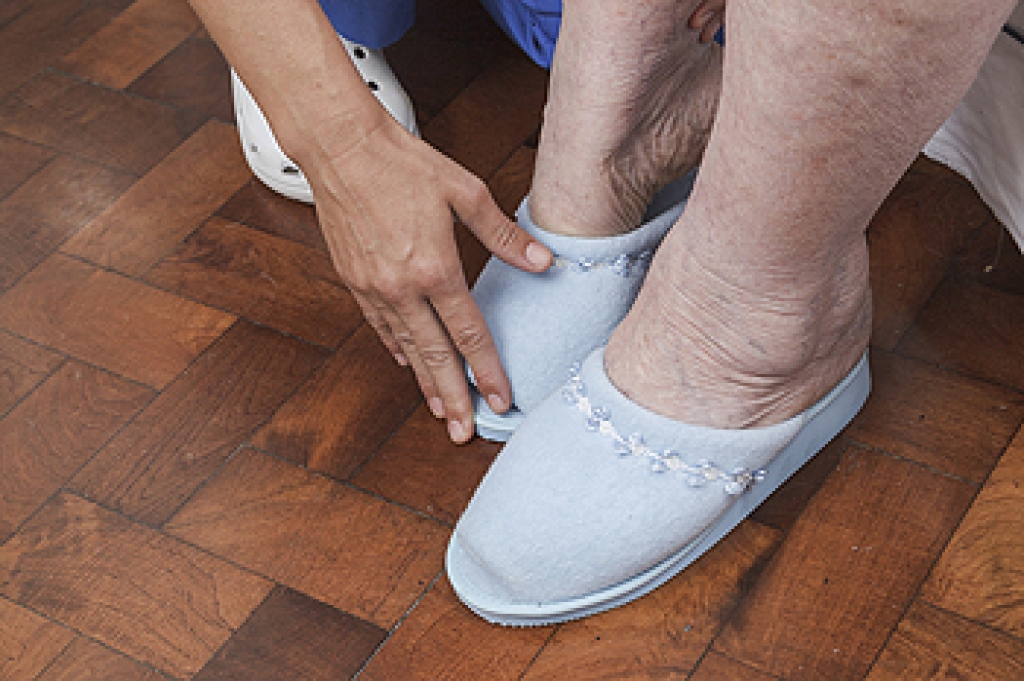
Ankle sprains are one of the most common injuries in sports, affecting athletes of all levels. These injuries occur when the ligaments that support the ankle are stretched or torn, usually due to a sudden twist, turn, or impact. Sports that involve quick changes in direction, jumping, or running on uneven surfaces, such as basketball, soccer, and trail running, have a higher incidence of ankle sprains. Symptoms include pain, swelling, bruising, and difficulty bearing weight on the affected foot. Immediate treatment typically involves rest, compression, and elevation to reduce swelling and pain. While most ankle sprains heal with proper care, severe cases may require targeted exercises or even surgery to restore full function. Preventing ankle sprains includes performing strengthening exercises, proper warm-up routines, wearing appropriate footwear, and, when necessary, using ankle supports or braces to provide extra stability. If you have sprained your ankle while participating in sports, it is suggested that you schedule an appointment with a podiatrist for a proper diagnosis and appropriate treatment.
Ankle sprains are common but need immediate attention. If you need your feet checked, contact Katie Besselman, DPM from Advanced Podiatry. Our doctor can provide the care you need to keep you pain-free and on your feet.
How Does an Ankle Sprain Occur?
Ankle sprains take place when the ligaments in your ankle are torn or stretched beyond their limits. There are multiple ways that the ankle can become injured, including twisting or rolling over onto your ankle, putting undue stress on it, or causing trauma to the ankle itself.
What Are the Symptoms?
- Mild to moderate bruising
- Limited mobility
- Swelling
- Discoloration of the skin (depending on severity)
Preventing a Sprain
- Wearing appropriate shoes for the occasion
- Stretching before exercises and sports
- Knowing your limits
Treatment of a Sprain
Treatment of a sprain depends on the severity. Many times, people are told to rest and remain off their feet completely, while others are given an air cast. If the sprain is very severe, surgery may be required.
If you have suffered an ankle sprain previously, you may want to consider additional support such as a brace and regular exercises to strengthen the ankle.
If you have any questions please feel free to contact our office located in Saint Peters, MO . We offer the newest diagnostic tools and technology to treat your foot and ankle needs.







